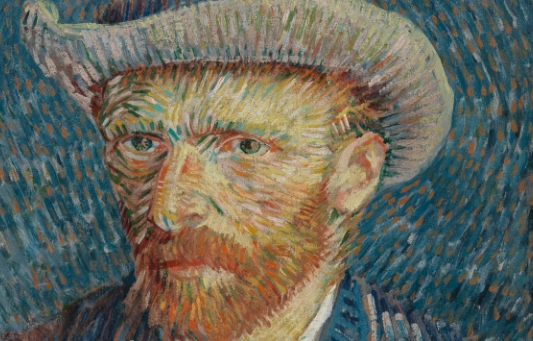Vincent van Gogh is one of the most famous and influential artists in the history of Western art. Through his expressive use of color and innovative brushwork, he revolutionized the art world in the late 19th century. But behind his groundbreaking artworks lies a turbulent and tragic life.
Troubled Beginnings
Van Gogh was born on March 30, 1853, in the Netherlands. He struggled with mental health issues throughout his life, which impacted his relationships and career. Despite these challenges, he was determined to pursue his passion for art.
Artistic Journey
Van Gogh’s artistic career began in his late 20s, when he decided to become a painter. He experimented with different styles and techniques, eventually developing his unique, vibrant style that captured the beauty of everyday life.
Struggles and Successes
Throughout his career, Van Gogh faced numerous setbacks, including financial difficulties and rejection from the art world. Despite these challenges, he continued to create art with passion and intensity. His most famous works, such as “Starry Night” and “Sunflowers,” are now considered masterpieces.
Legacy and Influence
Van Gogh’s legacy continues to inspire artists and art lovers around the world. His bold use of color and expressive brushwork have had a lasting impact on modern art. Today, his paintings are housed in museums and galleries worldwide, attracting millions of visitors each year.
Tragic End
Sadly, Van Gogh’s life ended in tragedy. In 1890, at the age of 37, he died by suicide, leaving behind a legacy that would endure for generations. Despite his struggles, he remains a symbol of artistic genius and perseverance.
In conclusion, Vincent van Gogh’s life and legacy are a testament to the power of art to transcend personal struggles and connect with audiences on a deep emotional level. His unique artistic vision continues to inspire and captivate audiences around the world, solidifying his place as one of the greatest artists of all time.


